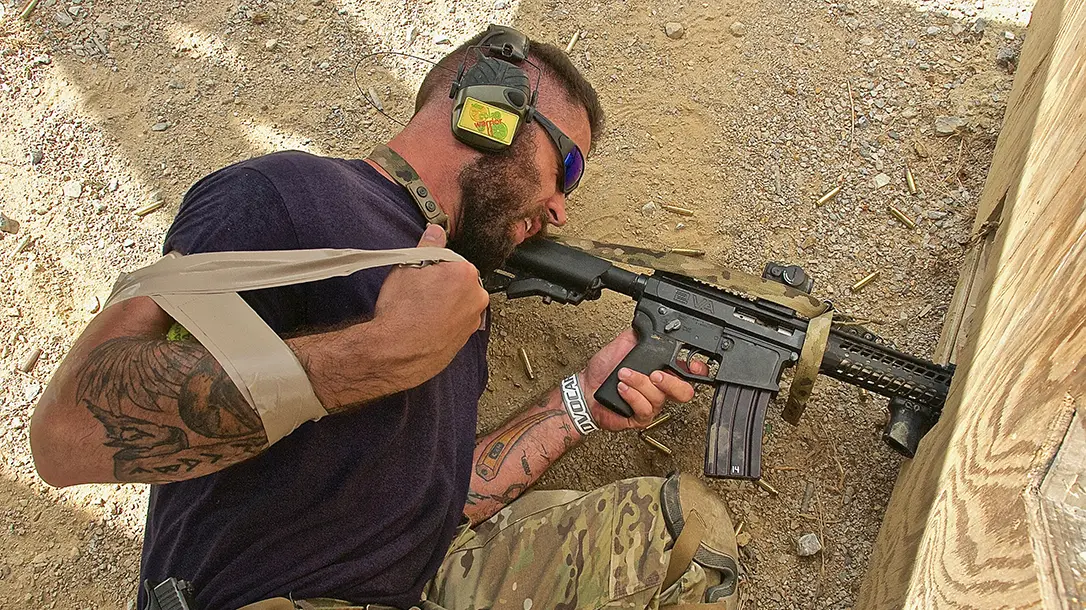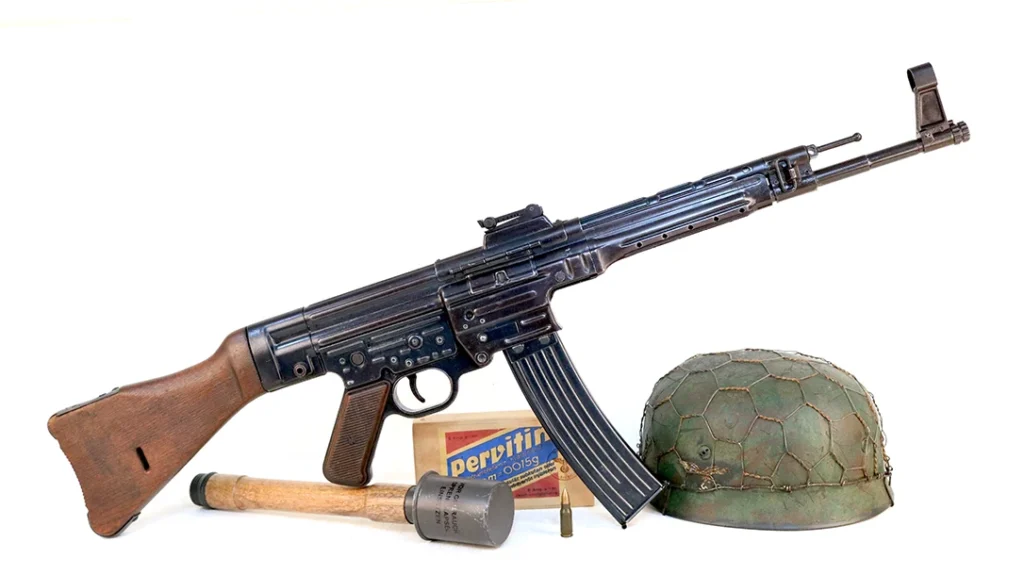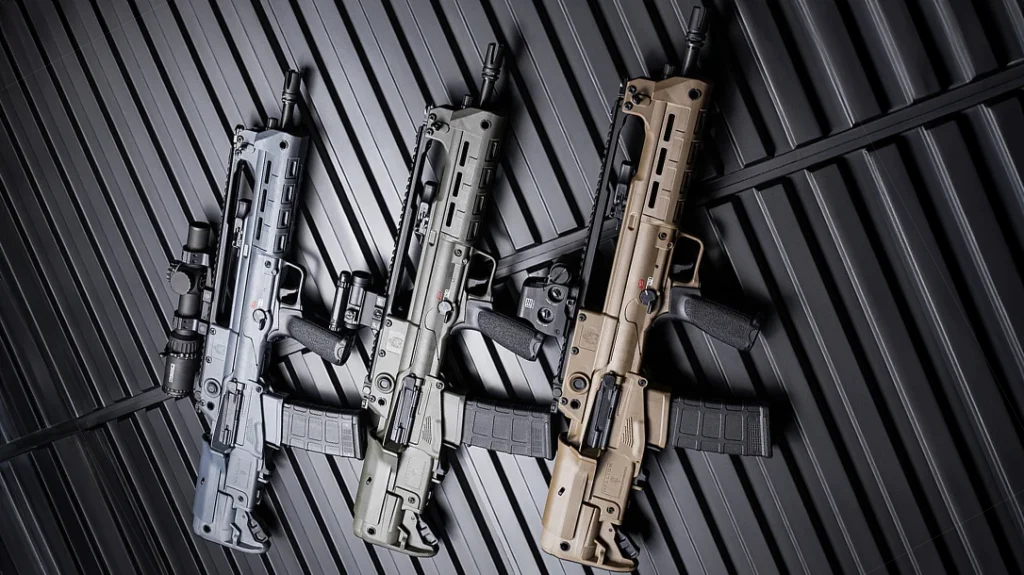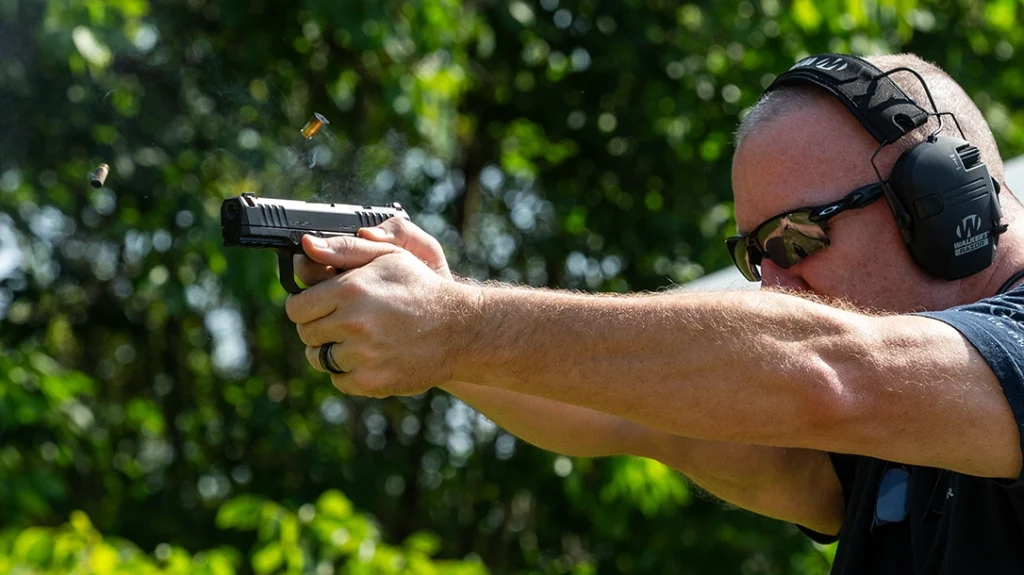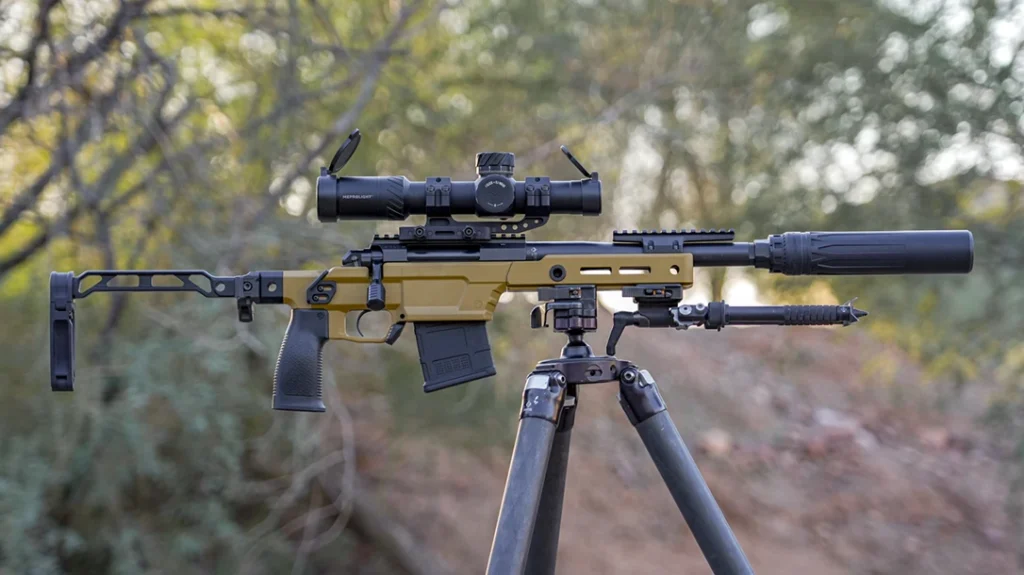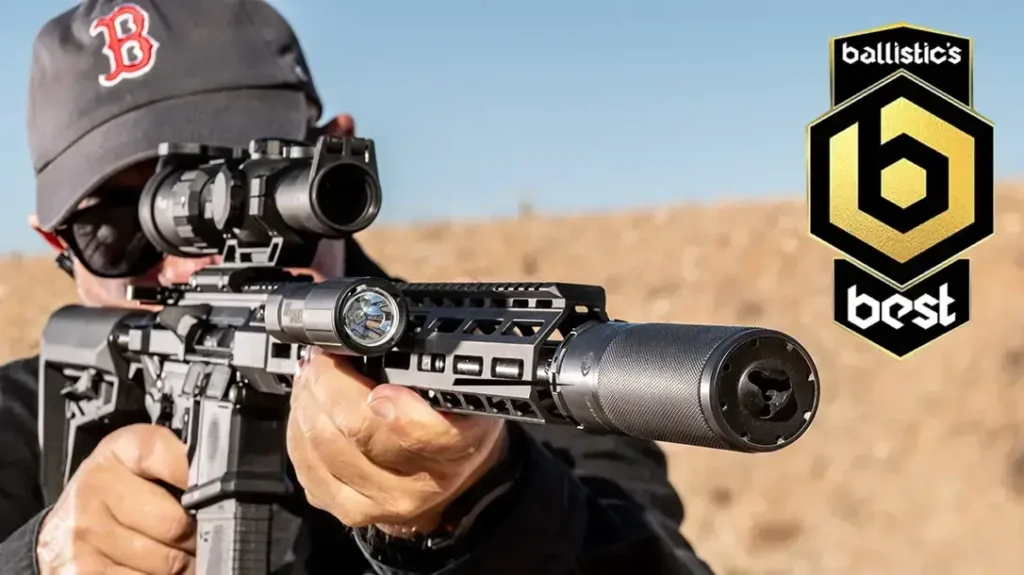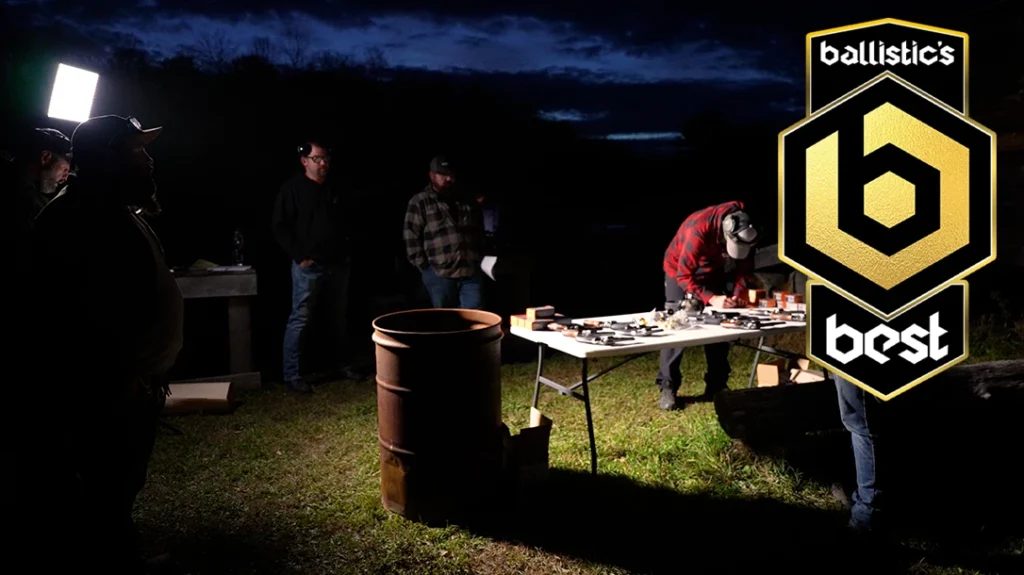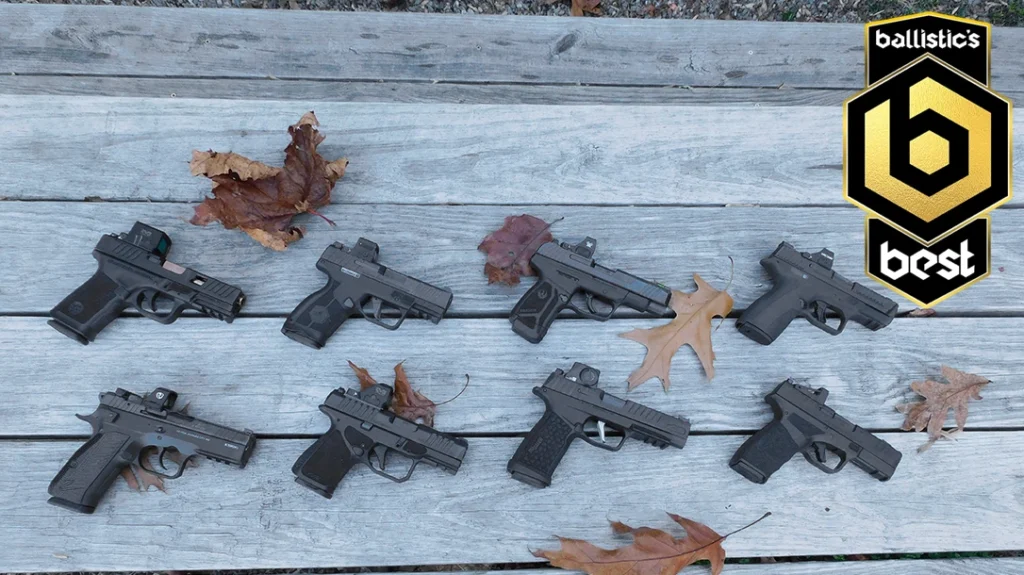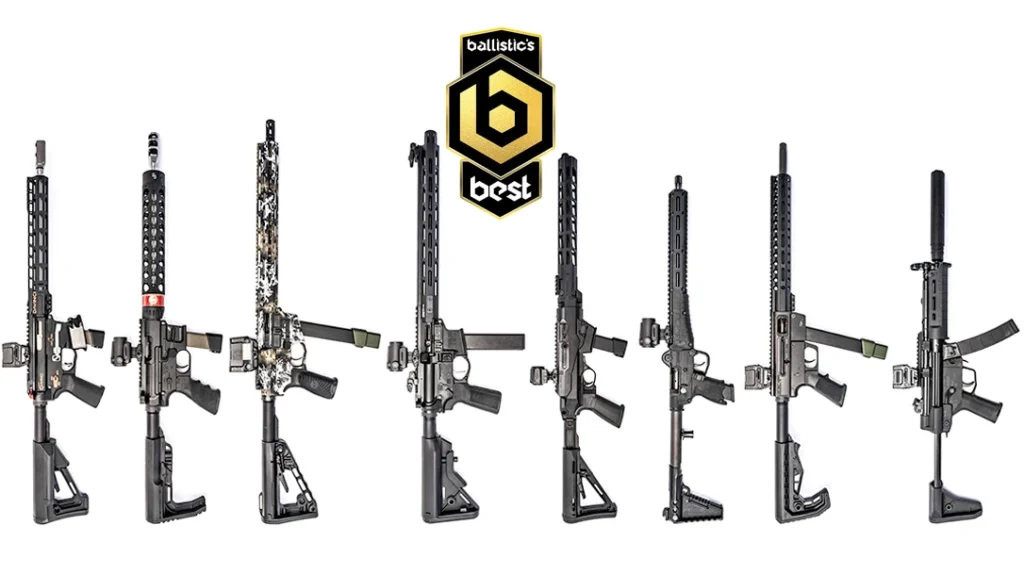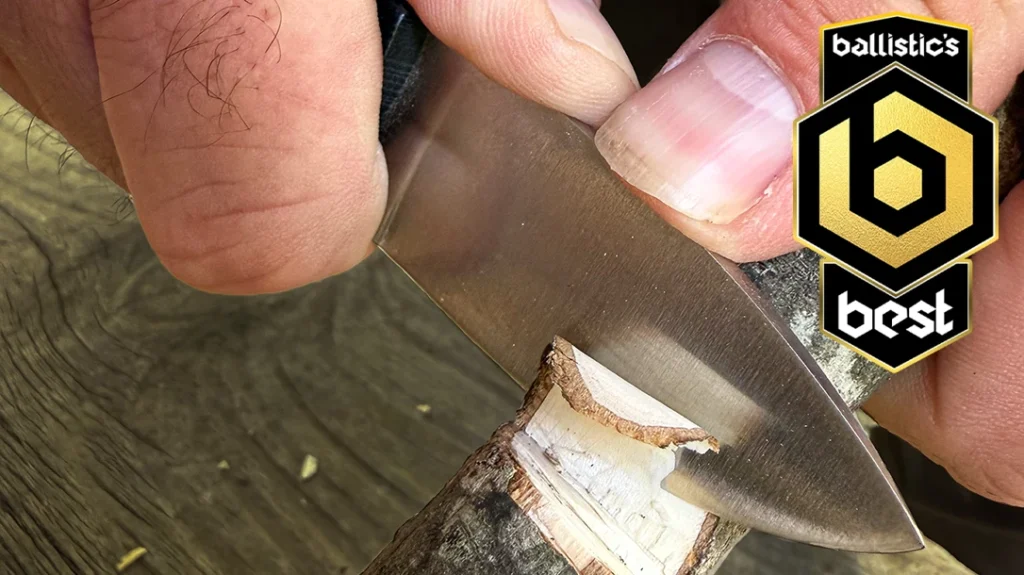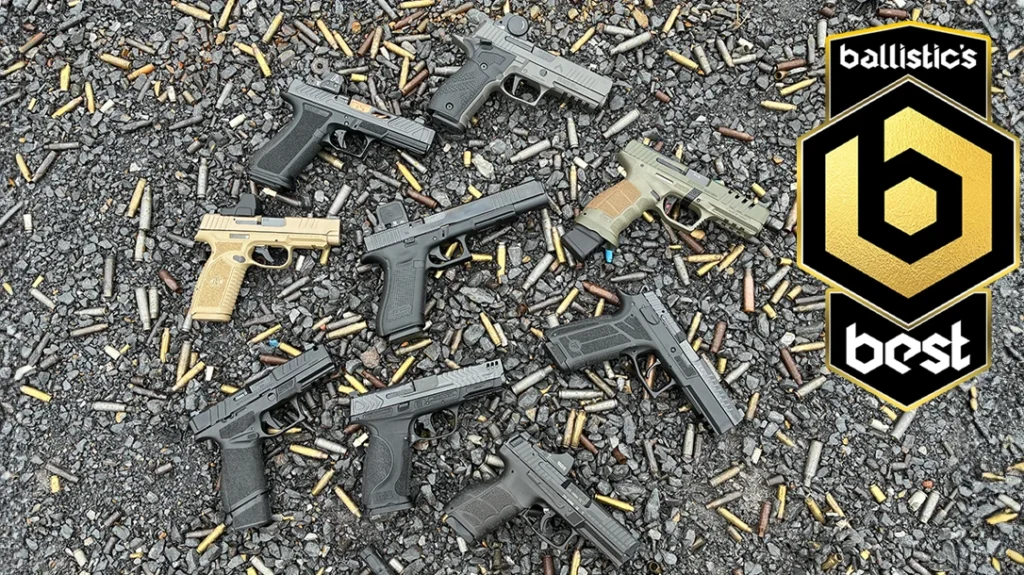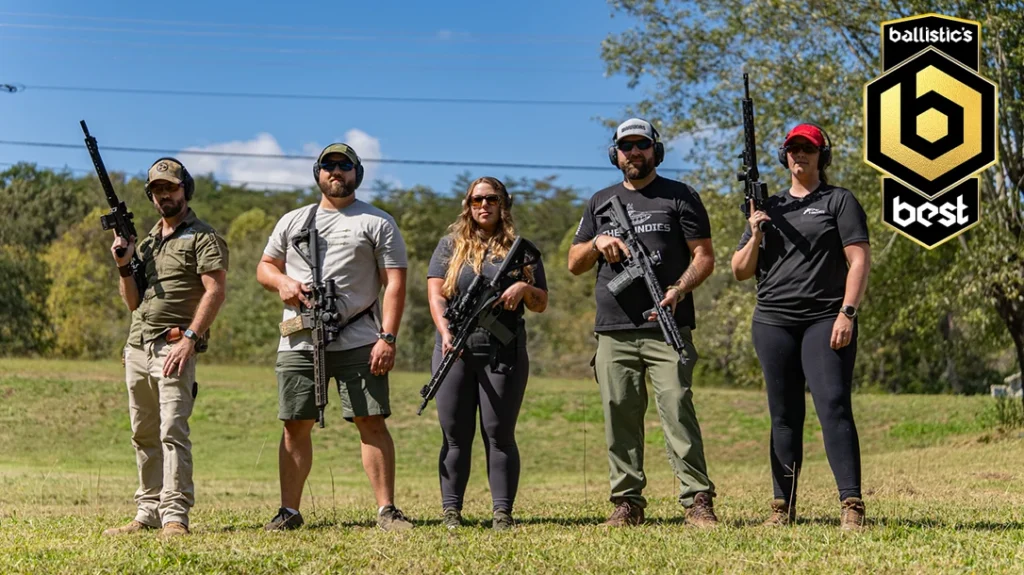The words “Injured Shooter Weapons Training” conjures up active memories of hardcore classes I’ve attended since 2012. Classes where I spent the vast majority of time rolling around in the dirt. Injured shooter training is not for the faint of heart. It is physically demanding, and if you’re not adept at doing things with both hands, you will find yourself frustrated. However, if you put in the work, you will rapidly build the neural connections that will allow you to use both hands efficiently.
What is Injured Shooter Weapons Training?
Injured shooter training is one of those disciplines that’s difficult to find on anyone’s training calendar. This is because most students don’t want to attend these types of classes. Why? Because they are just not as cool as “run and gun classes.”
I would love to tell you that I practice injured shooter skills as a regular part of my range time. But that would be a lie. However, because of this training, when I demonstrate the techniques to a student, I can easily switch from my strong hand to my support hand.
Advertisement — Continue Reading Below
Note: you have a strong or lead hand and a support hand. You DO NOT have a “weak hand!” Do you understand? Words have power. Use them carefully.
The reason I’m good at injured shooter techniques is because I’ve laid down the midbrain connections that allow me to pass firearms from one hand to the other, with little preamble. This is because I’m left-handed, living in a right-handed world.
I guess I should probably clear up for you what I mean when I say “injured shooter training.”
Advertisement — Continue Reading Below

I’m not referring to the prosaic techniques that most instructors teach. All of these are done from a polite standing position without pain appliance techniques being brought to bear.
Nope, I’m talking about the techniques that force you to be down on the ground and fire rounds underneath a vehicle, pop up to your feet, and run from cover to cover. Clear malfunctions on a rifle and handgun, with one hand, and burn a target down with accurate hits.
Advertisement — Continue Reading Below
Tourniquets Can Stay on For Hours
When you received tourniquet training, how many of you were told that a TQ could only stay on for an hour-ish or two before it needed to be loosened and re-tightened? Yes, so was I.
The fact is that a TQ can go on and stay on infinitely longer than we were told. We know this because our nation has been at war for 20+ years, and TQs have saved lives well past that hour or two.
The best-injured shooter training I ever received was a combination of classes put on by Chase Jenkins of Talon Defense and Hugh Coffee of Ditch Medicine. Why do I say “the best?” Because they were a comprehensive mash-up between medical and Tactical. Many times what you will get is either a medical class or a tactical class. However, you will seldom ever find a combination of the two.
Advertisement — Continue Reading Below
The other companies I’ve trained with that offer excellent training in the medical and tactical field are Tactical Defense Institute and Personal Survival Solutions.
When writing this article, I consulted my training folder and discovered that out of the 86 classes I’ve attended thus far, 13 involved medical components. Of those 13, seven were primarily focused on Tactical Medicine. The other five had “medical on demand” elements woven into the training evolutions.
Keep Moving – Even When Injured!
The images attached to this article come from various classes where we were pushed verbally and physically. We were hazed with water evolutions and mud crawls. Likewise, we were sprayed down with professional special effects blood and expected to perform through mental, heat/cold, and physical exhaustion.
Advertisement — Continue Reading Below

I’m a lefty, which means that I was built for this. I truly excelled at offhand drills and found them fun rather than frustrating. I’m one of those people with a knack for doing things with my right hand almost as quickly as I can with my left.
Living in an “ergonomic” world is just another way of saying “made specifically for right-handed people.”
Advertisement — Continue Reading Below
Anytime you see an ergonomically designed product, you’re looking at something that is specifically shaped to the right hand. That is the world the left-handed have been forced to live in. But, it is to our benefit.
Offhand techniques come in handy when you’re trying to clear a malfunction out of an AR-15. Malfunctions on handguns are very easy and can be done with both hands with very little slowdown. But mix the rifle into things, and then everything gets three times harder.
To add insult to injury, you are being verbally driven by the instructors who keep screaming, “Keep moving, keep moving!”
Advertisement — Continue Reading Below
That’s one of the reasons why I prefer injured shooter training that keeps me mobile rather than forcing me to run the drill inside a small mental box. The instructor is trying to keep us all pointing down range while working side-by-side on the firing line.
Clearing an AR-15 Malfunction While Injured
As I mentioned before, clearing a malfunction on an AR-15 can get very tricky. You must lock the BCG to the rear, fish out the malfunction, load the rifle, drop the bolt, and get back in the fight. When you have to do this type of technique, you will wish you had a good sling with bungee in it and a rifle that is not excessively heavy or long.
Whether you are talking about a failure to load, a failure to fire, a stove pipe, or some debris keeping the weapon from going into battery, all are solved similarly. Push the muzzle forward against something to keep it out of the dirt, tap, rack, bang. Now, try that with a bolt override. More on that shortly.
Advertisement — Continue Reading Below
Down Doesn’t Mean Out
The first thing that needs to be covered is the type of injury you’re fighting through. Typically speaking, you will be handed something and told that it must always remain in your hand. Or your hand can be taped around a racquetball with all five fingers encapsulated in heavy-duty duct tape.
The other one is a compound injury where your hand gets taped around the racquetball. Then, your forearm is taped around your upper arm, with your hand ending up near your shoulder. This simulates the entire limb being incapacitated.
What is key in all of this is that never once will you hear a good instructor say that you’re not allowed to use the limb. Often, what I see from new students is total incapacitation from the slightest inconvenience. As soon as you tape their fingers around a racquetball, they mentally take that limb, totally out of the fight.
You will never hear a good instructor tell a student that they can’t use the hand or limb because doing so pre-inoculates one towards giving up the fight when it really happens.
Just because you’re injured doesn’t mean that you can’t use a finger, the crook of the wrist, your forearm, the back of your hand, the crook of the elbow, or even the weight of your forearm lying across the top of the rifle, from a prone position.
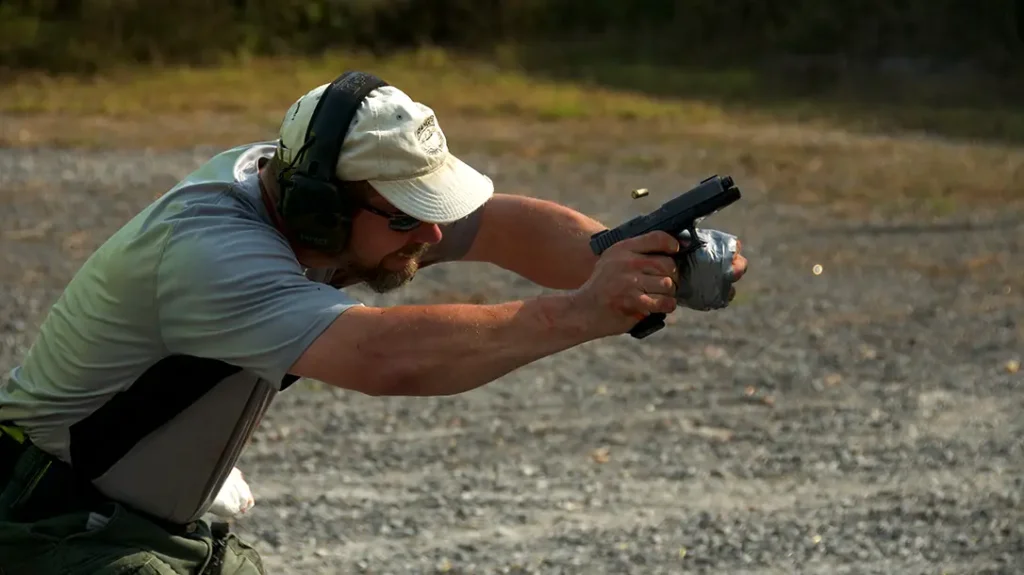
Just putting weight on the handguard of your rifle can lend so much more stability than just allowing that limb to flop to the ground helplessly. We will fight the way we train. If we train to be “out of the fight,” that is exactly what we will do when we are injured.
AR-15 Bolt Malfunctions
Everyone knows about the tap, rack, bang type of malfunctions. Well, what do you do when your rifle gives you a click rather than a bang, and there is a mess in the ejection port? Your lead hand is taped to your shoulder. So, that limb’s ability to do anything other than gross pinching/trapping motions is pretty much gone. This is where you have to think way outside the box.
Running the Drill As If Injured
In this drill, we shot at a torso target from 100 yards from a cover position. The instructor reached forward with a wooden dowel rod and caused a malfunction by blocking the ejection port when we fired a round. You would be surprised how easy it is to malfunction a rifle by introducing even the slightest impediment to the actions of the bolt carrier group cycling.
Now you have a bolt override. This is not a casual malfunction. This one requires you to know what you’re doing. First, students must jam the muzzle into the barrier or car tire if they take cover behind a vehicle. This controls the weapon’s weight as you jam your body forward into the stock.

This stabilizes your rifle, and you can use your hand to tap the magazine and run the bolt. Now, you find that the weapon feels crunchy and isn’t acting as you expected. You roll the weapon over and realize you have a mess in the chamber.
You forcefully extract the magazine and try to run the bolt. However, the charging handle only gives you partial travel to the rear. This tells you that you’re dealing with a bolt override.
Now you’ve got a real problem on your hands. The only way to alleviate the pressure and get that casing out of the crook of the charging handle is to lock the bolt to the rear. But how do you do that with only one hand? Think about it for a second.
You Remove the Rifle
That’s right, get out of the sling and place the rifle on the ground with the ejection port facing down. Then, grab the magazine you ripped out of the weapon, hook the charging handle, and run it as far back as it will go. Simultaneously, take one of your fingers and press on the bottom of the bolt catch.

You have now locked the bolt to the rear and alleviated the pressure on the casing that’s trapped inside the crook of the charging handle.
Now, pick up your rifle and ram it forward into the vehicle’s tire, with your body against the stock. Jam that charging handle forward, and the casing will probably fall out on its own. If it doesn’t, you can fish your hand up through the mag well and pop the casing out.

Once that casing falls out, take the magazine you just used, feed it back to the rifle, and continue sending rounds down range. Yeah, that technique is pretty slick. These are the types of things that you will learn in injured shooter training classes.
Closing
I believe in luck, and I believe in skill. I choose to train for this sort of fight because I can’t train for luck when death comes calling. Please don’t convince yourself that you will just man up when the time comes. You don’t know what you don’t know. Get on it!
As always, God bless you all. Get those guns out and practice.

